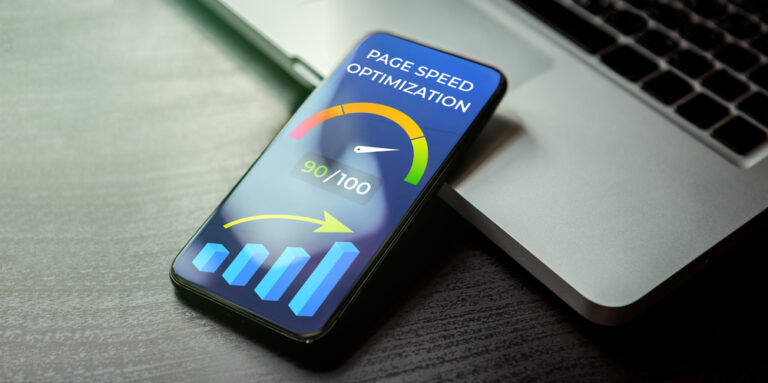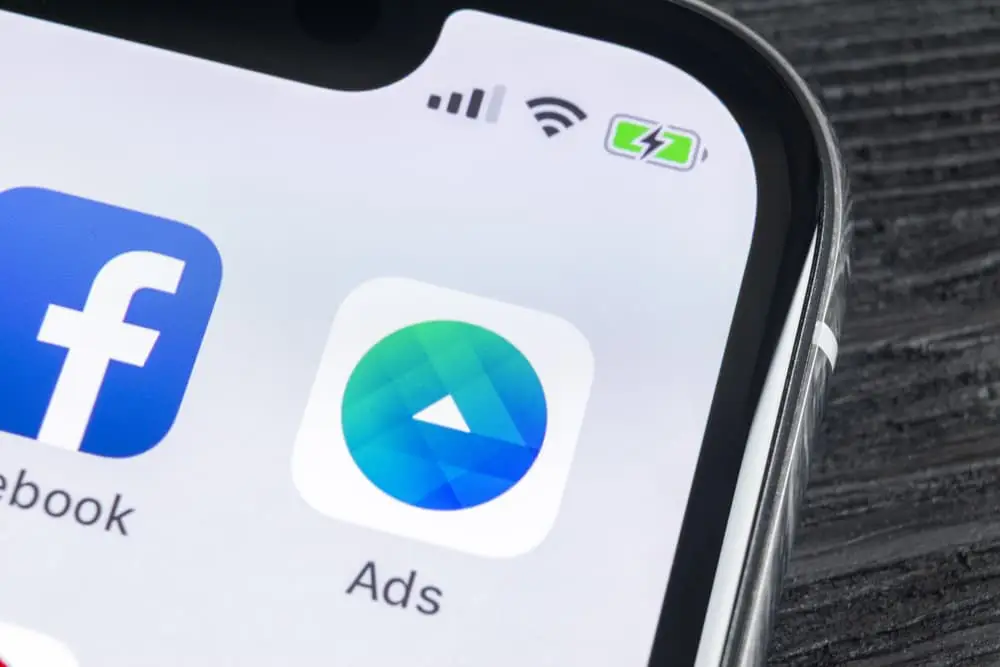Facebook Ads Services
Let’s build you a successful digital advertising campaign and boost your sales!
Contact Us Today
Home » Advertising Services » Facebook Ads Services
-
Published by: Vitaliy
- Last Updated:
Businesses should be where there clients are, and for this reason, Facebook ads is one of the first advertising options that comes to mind. As of April 2022, Facebook has 2.936 billion users worldwide and counting! (Source)
We take businesses straight to where your clients spend most of their time – on Facebook.

Facebook ads are used to generate demand – in other words, you entice Facebook users to buy your service or product by telling a compelling story about your brand.
You generate demand as the user interacts with your ad, your ad copy, targeting settings and your technical set up, that’s why they have to perform in perfect synergy.
Blueprint Certified Specialists
Running Facebook ads is a process that has a lot of boxes to be checked. It requires strong analytical, technical and creative skills all combined. Things can get confusing quickly, and you need to know what you’re doing.
Our Facebook ad specialists maintain an active certification called by Facebook. It’s a rigorous 90-minute test, that tests the candidate’s knowledge of the Facebook systems, media buying principles, optimization techniques and much more.
A valid certification in Facebook Media Buying means that the person running your ads knows what he or she is doing, and is effectively managing your ad campaign.
Facebook Advertising: Our Process
Our process for Facebook Ads includes the following steps:
- Perform initial website and data analysis
- Set up a Facebook Business Manager (or a Facebook Ad Account if necessary)
- Set up the Facebook pixel and configure event tracking.
- Verify your domain and set events priority under the Aggregated Events Measurement.
- Based on the initial analysis, set up the initial audiences
- Write ad copy and design creatives (static images or videos)
- Set up and launch campaigns
- Monitor campaigns and optimize their performance
- Provide monthly reporting
Initial Website Audit
The success of every advertising campaigns depends on thorough analysis and preparation. It all starts with the website – whether we set up a new landing page or optimize the existing one.
We’re looking at the following factors:
Website loading speed
The website needs to load quickly – with ads, you only have 1-3 seconds to capture your users’ attention, and if your website takes forever to load, your wasting your money.

Data analysis
We collect all data we can get access to – Google Analytics, Facebook Pixel, Google Search Console to gain insights on who your converting audience is. We look at such things as demographics, device categories, age and behavior. The more data we can gather as this stage, the higher quality insights we get at the end.
Website Responsiveness
Your website needs to look great across all devices. Smartphone usage makes up to 80% from your social media browsing, so the website needs to load quickly and look equally good on a mobile device. In addition, it also has to have a properly placed Call To Action button (CTA).
Once initial review has been completed, we draft up our initial strategy and prepare for next steps.
-
Published by: Vitaliy
- Last Updated: May 15, 2024
Give Your Business a Marketing Boost with Adhouse Digital Advertising
Setting Up The Facebook Business Manager
This process can be very confusing if you’re not familiar with the Facebook advertising ecosystem. During this stage we set up the Business Manager, add or create a Facebook Ad Account and add or create a Facebook page.
This step is usually completed over a live call and can take up to 40 minutes.

Setting Up the Facebook Pixel
Once the business manager has been set up, we set up the pixel and configure all the necessary pixel events, including pageview, viewcontent, purchase and others as might be necessary.
Final step is setting up the aggregated events measurement – a setup aimed to better track conversions on iOS14 devices.
Facebook Targeting Options
We prefer going with lookalike audiences if your website has accumulated enough data to work with. Typically if your client list consists of more than 400+ users, a lookalike audience can be built.
For brand new businesses, targeting is based on a buyers’ persona and their potential interests. For example, a snack selling company can target people who are interested in coffee, tea; supplement consumers will most likely be interested in working out, different proteins etc.
We set up our initial hypothesis and built Facebook ad campaigns to test those hypotheses.
Write Ad Copy and Design Creatives
Good ad copy contributes to approximately 30% of your campaign success (the other two components being your targeting and website optimization), so it has to be taken with all seriousness.
Once initial targeting has been determined, we prepare ad copy and develop creatives. We test a number of different creative variations, including still images, video, slide shows and carousels. Some advanced techniques include instant experience and collections testing.
Once winning creatives have been determined, we scale the winners and pause the lower performing creatives, while continuously launching new creatives. This is an iterative process, which goes on for as long as the campaign is active.
Campaign Set up and Launch
Final step of the set up process is the actual assembly and launch of the campaign. Depending on the ad account status, we might want to start with a simple engagement campaign (works extremely well for newly created accounts) or go straight to running ads.

Campaign set up also includes making sure tracking has been configured correctly and is working fine. We separate audiences into three tiers targeting users with top-of-funnel ads, re-engaging with them through middle-of-funnel creatives, and then following up through retargeting ads.
Campaign Monitoring and Optimization
Facebook campaigns require period monitoring and maintenance, and the higher the daily budget is, the more frequently these checks need to be. Analysis starts within the first 24 hours from launch, and then repeats every 2-3 days.
We assess initial performance by looking at such front line metrics as CTR, landing pages views, content views, and on the Google Analytics side of things – bounce rate, time on site & number of pages per session.
This allows us to determine how effectively the campaign is performing and make respective adjustments with the purpose of improving the overall account performance.
Monthly Reporting
At the end of each month you will be receiving a written report with results of your campaign, describing what worked well, what didn’t go as planned and what next steps will be taken to improve campaign performance.
Frequently Asked Questions
The answer depends on your business model and your average order value (AOV). To be able to profitably run your campaign on Facebook, your AOV should be upwards of $50, the more the better.
We need to look at such metrics as your average order value (AOV) or lifetime value (LTV). For example, if you’re selling bar soap priced at $10/each, Facebook ads would probably not be a good idea. In contrast, if you’re selling door installations where AOV is $1500, it makes total sense to run Facebook Ads. Contact us for a quick consultation on this.
Boosted posts help you raise awareness about your business, however are unlikely to bring any tangible results as far as purchases/leads are concerned. If you have a small monthly budget ($5-$10/day), then boosted posts might be a good solution.
Basic metrics related to ad cost are cost per click (CPC) and cost per mille (CPM). They vary depending on the industry you’re in and the amount of competition in it. Price per click varies from $0.75\click to $10+ and even more for high competitive industries.
Every year industry benchmarks are collected and published, allowing you to better understand your advertising cost.
By definition, a Facebook ad is a means of delivering your message for a fee. However, there is a way to run ads for free – and that is by using Facebook Ad credits.
You can receive a Meta ad credit in 2 ways:
- Through periodic in-product promotions or through facebookmail.com.
- Through partnerships Meta has with other sites or companies.
Currently, you can’t purchase or request ad credits directly from Facebook.
Source: https://www.facebook.com/business/help/131439120265224?id=174106774399298
For small businesses, the recommended monthly budget is upwards of $750. This is the bare minimum, allowing the system to generate minimal amount of data for analysis and further optimization. Depending on the level of competition in your niche, the minimum threshold can be raised further.
